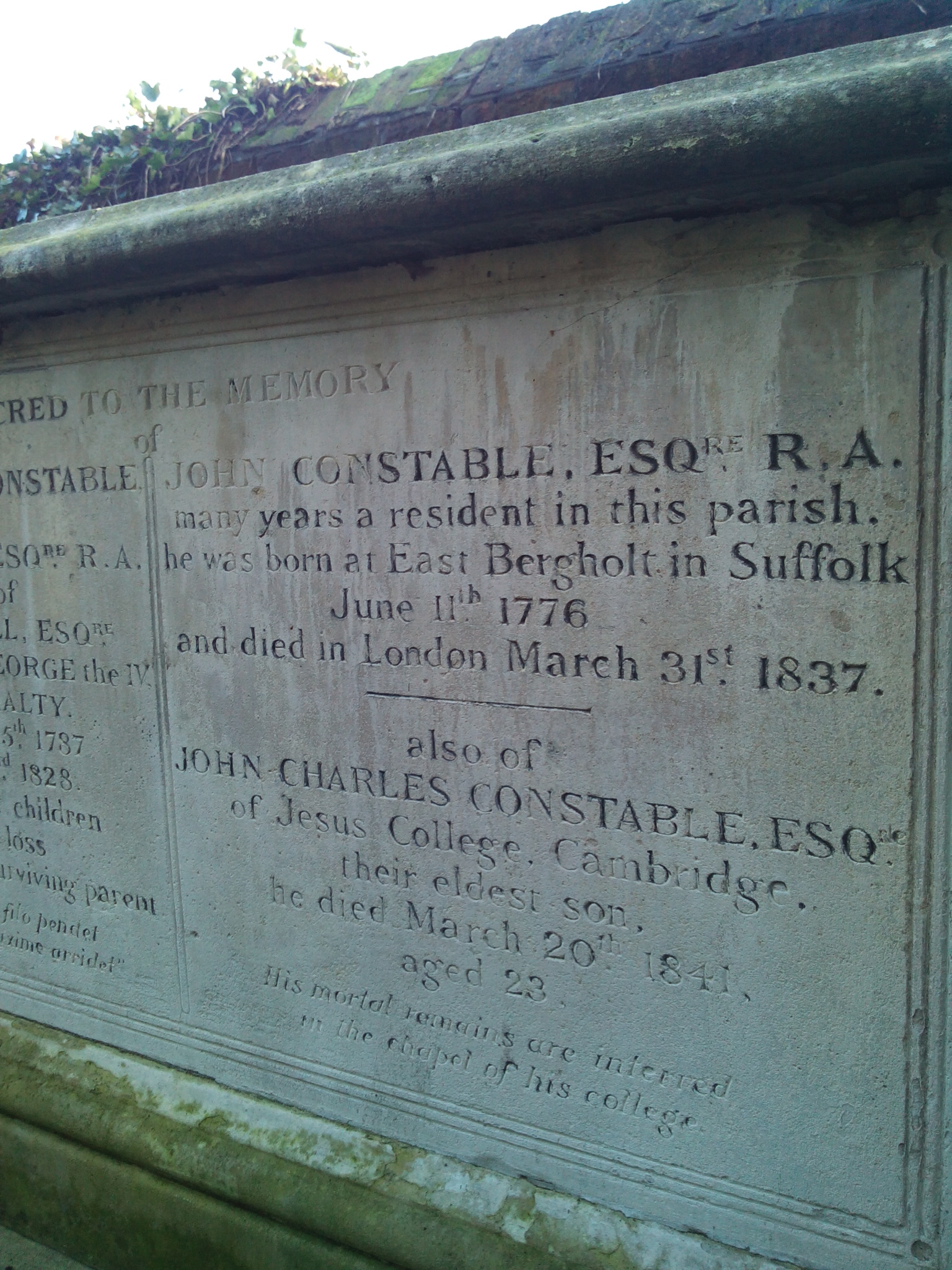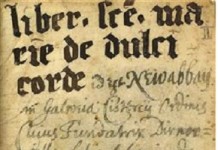As a timely reminder that his paintings are about far more than chocolate box lids, John Constable has been in the British news lately, thanks to a lucky find of a painting that proved to be an unknown work by the master. Bought at Christie’s in London for £3,500 ($5,000), the painting, an oil sketch for Constable’s great composition “Salisbury Cathedral from The Meadows,” fetched about £3.4 million ($5 million) at Sotheby’s in New York 18 months later, after its attribution had been confirmed.
But this is also a good time to recall that Constable left words as well as paintings as his legacy. Unlike his other great Romantic contemporary J.M.W. Turner, Constable was also an articulate and committed spokesperson and educator on the arts, sharing his ideas in a series of lectures on painting at the Royal Institution in the early 1830s, shortly before his death in London’s Hampstead in 1837.
“I hope to show that ours is a regularly taught profession; that it is scientific as well as poetic; that imagination alone never did, and never can, produce works that are to stand by a comparison with realities; and to show, by tracing the connecting links in the history of landscape painting, that no great painter was ever self-taught,” he said. “Painting is a science, and should be pursued as an inquiry into the laws of nature. Why, then, may not landscape be considered as a branch of natural philosophy, of which pictures are but experiments?”
In the course of his attempt to establish painting on an almost scientific basis, Constable delivered insights such as: “Chiaroscuro is by no means confined to dark pictures; … It may be defined as that power which creates space; we find it everywhere, and at all times in nature; opposition, union, light, shade, reflection and refraction, all contribute to it.” This same analytical turn of mind also made him hostile to the Gothic revival tendencies seeping into art at the end of his life. “The attempt to revive old styles that have existed in former ages may for a time appear to be successful, but experience may now surely teach us its impossibility … It is to be lamented that the tendency of taste is at present too much towards this kind of imitation, which, as long as it lasts, can only act as a blight on art, by engaging talents that might have stamped the Age with a character of its own, in the vain endeavor to reanimate deceased Art , in which the utmost that can be accomplished will be to reproduce a body without a soul.”
Many of his teachings and maxims can be found in the 1843 work Memoirs of the Life of John Constable, Esq., R.A.: Composed Chiefly of his Letters by C.R. Leslie, available in full from Archive.org. Anyone who still feels that Constable’s work is only about sentimental rusticism can delve into it for more insights from the painter who insisted that: “We see nothing truly till we understand it.”
































